[Growing flowers at home] Which plant can take root in water?
Thanks for the invitation. Regarding the question in the title, plants that can take root in water can be found almost everywhere in life, and basically all plants can take root in water. However, taking root and maintaining well are two different concepts. Green plants that have taken root in water may not necessarily survive well in water. Today, Huachi will introduce to you several plants that can take root in water and are easy to maintain.
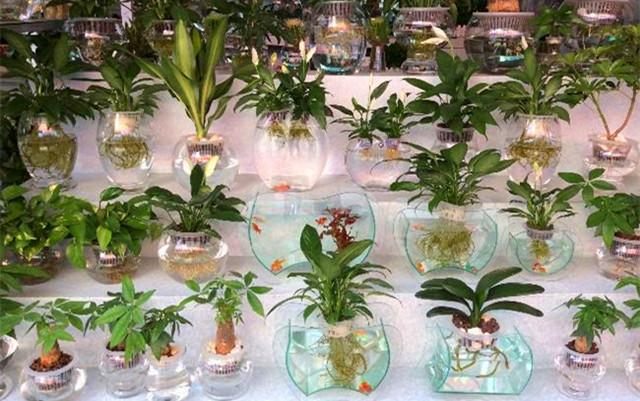
1. Primary hydroponic plants
1. Coin Grass
The pennywort is a very adaptable green plant. It can grow very well whether it is grown in water or soil. It has oily green round umbrella-shaped leaves and is easy to grow. It is loved by many office workers. The best growing environment is half sun or shade, but the growing environment must be kept moist.

2. Pothos
The green ivy is a super easy species to grow. Its branches can grow aerial roots in the flowerpot. You only need to cut off a short branch and put it in water. It will grow roots in a week and multiple branches in 2-3 months. It is the first choice for novice flower growers.
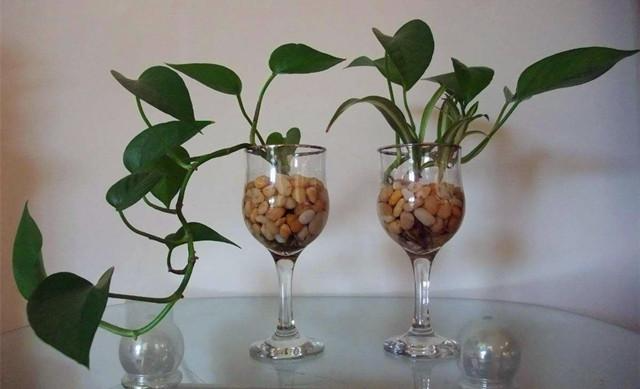
2. Entry-level hydroponic plants
3. Lucky Bamboo
Lucky bamboo, a potted plant that symbolizes wealth and peace, is placed in a transparent tall glass container and is very popular among young people. However, it needs to be rooted during the cultivation process. Cut the bottom of the lucky bamboo into an oblique cut with quick shears, then place rooting powder in the water. After a week, add an iron nail and change the culture water once a week. Roots will grow in about a month.
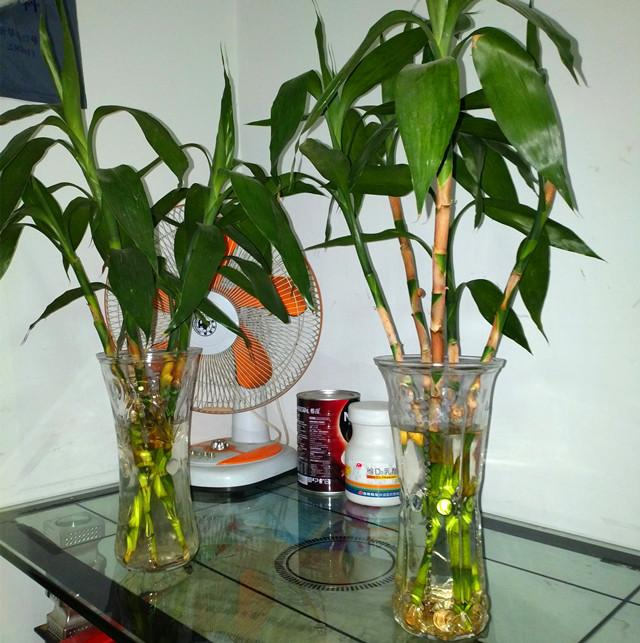
4. Smooth sailing
The smooth sailing plant has a white spathe, and its name has a very good meaning, making it an important ornamental flower in the world. It is mostly grown in soil, but because of its easy-to-maintain growth habits, many flower lovers convert it to hydroponics. You only need to rinse the culture soil and transplant it directly into the culture water, and change the culture water once a week.
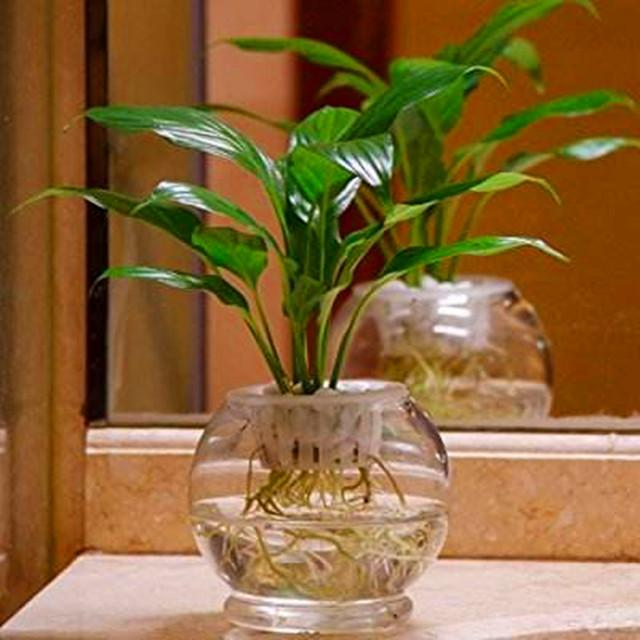
3. Advanced hydroponic plants
5. Succulents
Succulent plants themselves do not like water. If they are grown hydroponically, you need to be careful enough. First of all, there must be enough ventilation to ensure that sufficient oxygen enters the container; secondly, there must be enough nutrient supply, and quick-acting fertilizer should be applied once every half a month; you must also regularly trim the roots, promptly cut off rotten roots caused by soaking in water for too long, and roots that grow too long, shorten the length of the nutrient delivery channel, and allow nutrients to reach the leaves in time; finally, you must regularly disinfect the roots to minimize the chance of bacterial infection.
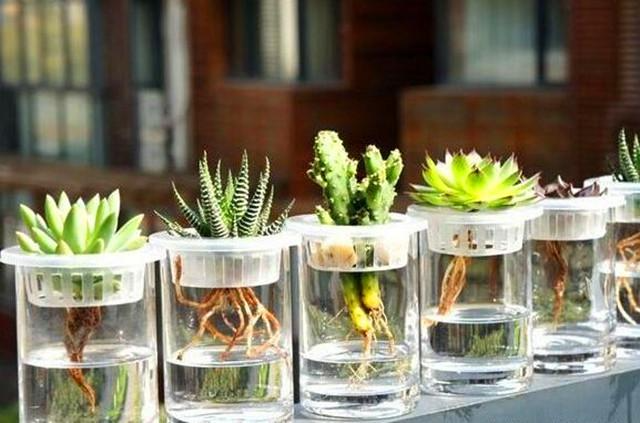
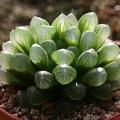 Succulent plant collection Flower Art Master 04-14 22:40
Succulent plant collection Flower Art Master 04-14 22:40What are the hydroponic plants and the varieties suitable for hydroponic flowers:
The effects of hydroponics on flowers such as carnation, asparagus fern, gerbera, tulip, hyacinth, chrysanthemum, calla lily, gloxinia, cyclamen, rose, gladiolus, orchid, dieffenbachia, banyan, rubber tree, green giant, Schefflera arborvitae and bonsai flowers (such as Fukien tea and Osmanthus fragrans) are very good.
Other plants that can generally be grown in hydroponics include Monstera, Milan, Clivia, Camellia, Rose, Jasmine, Azalea, Golden Eleutherodactyla, Dieffenbachia, Violet, Phalaenopsis, Fuchsia, Five-needle Pinus, Banana, Rubber Ficus, Brazilian Ironwood, Begonia, Fern, Palm, etc.
There are also various foliage plants, such as the araceae family's clump of spring taro, silver-wrapped taro, anthurium, Guangdong spider plant, and silver-edged dieffenbachia;
There are more than a hundred species of Sedum, including the Echeveria species, the Hibiscus species, and other species such as the Clivia, Paphiopedilum, Christmas cactus, lucky bamboo, hanging bromeliad, Cineraria, Brazilian wood, ivy, and coleus.
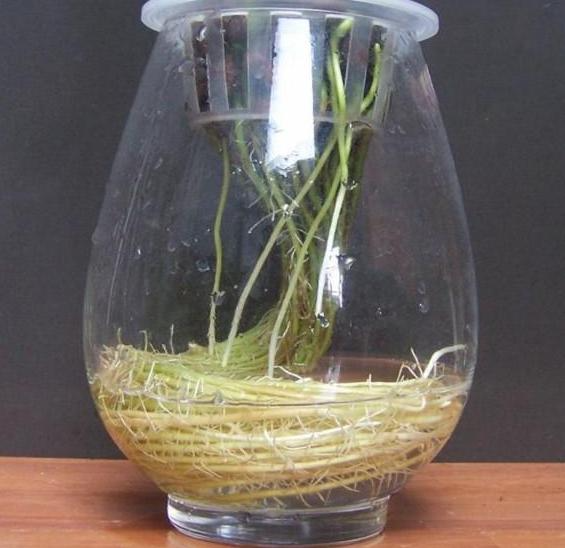
How to grow hydroponic flowers and plants
Issues that should be paid attention to during hydroponics
(1) When preparing nutrient solution, avoid using metal containers, let alone using them to store nutrient solution. It is best to use glass, enamel, or ceramic containers.
(2) If tap water is used to prepare nutrient solution, it must be treated because most tap water contains chlorides and sulfides, which are harmful to plants. Some bicarbonates also hinder the root system's absorption of iron. Therefore, when using tap water to prepare nutrient solution, a small amount of sodium ethylenediaminetetraacetic acid or humate compounds should be added to treat chlorides and sulfides in the water. If peat is used as the substrate for hydroponic flower technology, the above disadvantages can be eliminated. If the groundwater quality is poor, unpolluted river water or lake water can be used for preparation.
(3) Generally, the cultivation water in the pot needs to be replaced every one or two months. You can use tap water, but be careful to leave the tap water for a while before using it to keep the root temperature stable.
(4) Most hydroponic flowers are negative and neutral flowers suitable for indoor cultivation, and they have their own requirements for light. Negative flowers such as ferns, orchids, and Araceae plants should be shaded appropriately; medium-sized flowers such as Monstera, Schefflera, and Poinsettia are not strict about light intensity and generally prefer plenty of sunlight. They can also grow normally under shade. It is important to ensure the temperature for the normal growth of flowers. The roots of flowers grow well in the range of 15-30 degrees.
(5) You should pay attention to distinguish the root color of flowers to determine whether they are growing well. When the light, temperature and nutrient solution concentration are appropriate, the whole root or root tip will be white. Please note that it is strictly forbidden to use too much nutrient solution and it is strictly forbidden to shorten the time interval for adding nutrient solution.
(6) During the growth of hydroponic flowers, if water droplets are found oozing from the leaf tips, it is necessary to lower the water level appropriately to expose more roots to the air and reduce the proportion of immersion in water.
Preparation of nutrient solution commonly used in water-growing seedlings
Water propagation uses water as a medium, which does not contain the nutrients required for plant growth. Therefore, it is necessary to prepare the necessary nutrient solution for plant rooting and seedling growth before transplantation. The selection of different plant nutrient solution formulas is the key to successful water propagation. Different plants have different nutrient solution formulas.
In my personal opinion, it is troublesome to prepare the nutrient solution ourselves when we grow flowers and plants hydroponically at home. We can buy nutrient solution at the flower shop for just a few dollars.
To grow flowers hydroponically, you must understand their habits and requirements.
Technical requirements for hydroponic flowers
From the perspective of the plant growth cycle, there are two technical stages in hydroponic flower technology that need to be paid attention to; the first is the seedling cultivation stage, that is, the hydroponic process; the second is the plant product care stage, that is, the user's personal hydroponic process. Through the above two stages of work, following the correct cultivation rules and paying attention to the issues that should be paid attention to during the cultivation process, we can see beautiful, clean, elegant and healthy hydroponic flowers entering thousands of households.
The establishment and method of the hydroponic seedbed
The seedbed for water propagation must be watertight. It is usually made of concrete or bricks and covered with film. The width is 1.2-1.5 meters, and the length depends on the scale. It is best to build a stepped seedbed, which is conducive to the flow of water and increases the oxygen content in the water. Electric heating wires for water heating are laid at the bottom of the bed to stabilize the water temperature at the optimal rooting temperature of 21-25℃. Water propagation can be carried out all year round. The water temperature is controlled at around 25℃ by a control instrument. Too high or too low is not good for rooting. Plant seedlings should be shallowly inserted during water propagation, and the water or nutrient solution should be 5-8 cm in the bed. However, in order to keep the plant seedlings stable, clean sand can be placed at the bottom. This method can also be called sand water propagation. Or drill holes in the styrofoam board, or set up a grid on the water surface, insert the plant seedlings on the board and put them in the water. During the rooting process, use a water pump to circulate water regularly every day to keep sufficient oxygen in the water.
 Little Gear 05-24 12:53
Little Gear 05-24 12:53It is easier to grow green radish in water. It is suitable for indoor planting at home.
Cut strong cuttings, 10 cm in length, place them in a cool place to dry, and remove the leaves close to the roots.
Then insert it into a hydroponic container and place it in the sun. It will take about half a month to take root.

Green ivy can absorb benzene, trichloroethylene and formaldehyde in the air, so I think it’s a good idea to plant it at home!
 Lone Scorpion 1771698205-16 21:14
Lone Scorpion 1771698205-16 21:14

Water bamboo, this flower is very easy to grow, cut a branch, leave a suitable length at the end, then cut the leaves on the top to the center and put it in a bottle with water, it will take root in a few days, and you can continue to hydroponically or potted it. This is a flower that can't be killed by watering.
 Cloth Belt Set 05-22 13:29
Cloth Belt Set 05-22 13:29
Lucky bamboo, green radish